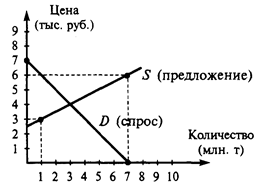The True Professional
It is believed that there are translators and then there are professional translators. The former are people who translate on the side, using their knowledge of a particular field to translation work. For instance, it can be a mathematician who translates a book on advanced mathematics from French to English. But such people are not considered to be professional translators. Professional translators are applied linguists whose ability to work with language, write well and to operate a business represents their source of income. Professional translators are people who are dedicated to their languages and the nations, societies, and cultures which come with them. They are devoted to improving their ability to understand their source language and write in their target language. They recognize that translation is both an art and a skill. As such, they are also committed to deepening their knowledge of the fields they translate in, and to cultivating greater facility for writing about such matters. They also have nurtured a deep respect for business ethics, aware that they are in many instances the communications conduit for a product or service, for information or opinion, and so must consider the consequences of their linguistic decisions. Finally, professional translators know that they can always improve and polish their translation ability. Professional translators are also distinguished by certain attitudes and approaches to their work. Unlike the medical or legal professions, there are no precise academic or professional prerequisites to be a translator. This is a boon for those talented individuals who want to get started in the translation industry and a bane for those people trying to identify true professionals. The only requirement a translator must fulfil is knowing two or more languages. Anything less is rather hard to accept. Virtually all professional translators in many countries and in Moldova as well have at least a Bachelor's degree, and translation vendors will rarely if ever work with a translator who does not have an undergraduate education. Often these degrees are in language studies, or some related field. However, some translators have degrees in their field of specialization and have academic language training as a college minor. Others have advanced degrees in translation itself. Still others have little if any formal academic language training, instead having learned their languages either in the home or while living abroad. Translators have to be able to write, so you might assume that translators have formal academic training as writers and professional writing experience. Finally, virtually all translators have a well developed knowledge of one or more specialized fields, such as finance, law, including in particular patent and corporate law, computer science, medicine, pharmaceuticals, and so on. This is not to say that translators are experts in such fields, but they do have enough knowledge to read, understand, and then translate common material in the field. And very few translators will ever develop such in-depth knowledge in more than a few fields. There are ethical considerations in translation, including decisions on how to charge clients, when to refuse to do a translation job or how to respond when clients treat you poorly.
|




